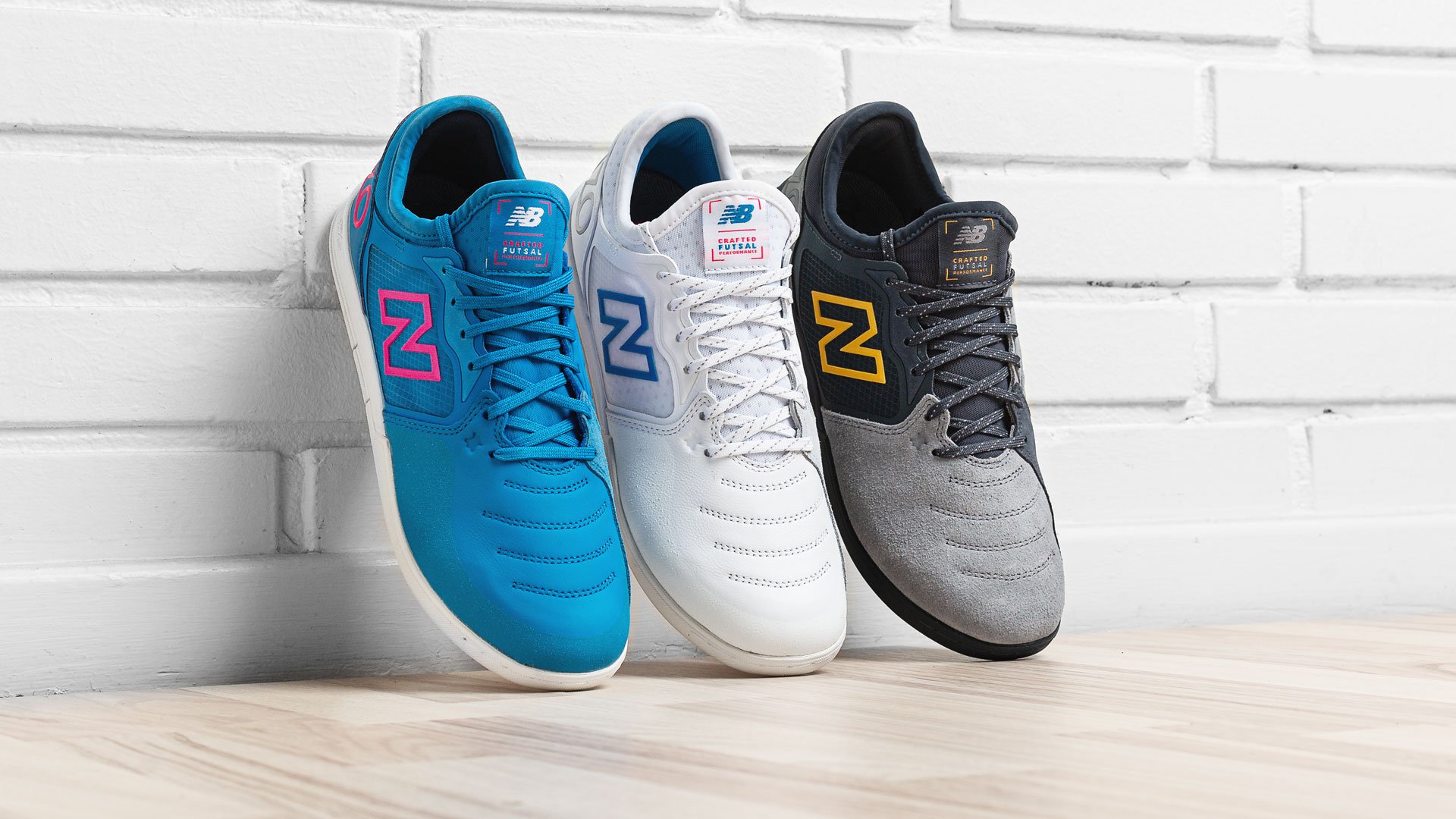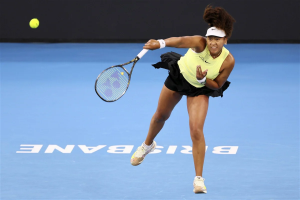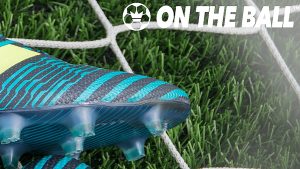Indoor soccer, a fast-growing sport, has gained immense popularity in the United States and Canada. Played on a closed field with artificial turf, indoor soccer requires specialized footwear to enhance performance on different types of synthetic surfaces. In this comprehensive guide, we will explore the various aspects of indoor soccer shoes, including their differences from futsal shoes, their suitability for playing on synthetic turf, the best materials for uppers, and where to buy them.

The Difference Between Indoor Soccer and Futsal
Indoor soccer and futsal are two variations of the beautiful game that are played on different surfaces and with slightly different rules. Futsal is a technical, fast-paced game played on a hard, flat surface. The ball used in futsal has less bounce compared to a traditional football, requiring players to rely on quick touches and flicks to outmaneuver opponents. On the other hand, indoor soccer is played on an artificial grass surface that emulates the feel of outdoor play. While a traditional football is used in indoor soccer, the playing surface is slower, allowing players to showcase their individual skills and create goal-scoring opportunities through skillful maneuvers.
Playing Soccer on Synthetic Turf
Unlike natural grass, artificial turf used in indoor soccer arenas requires specialized footwear for optimal performance. Traditional soccer cleats, designed for natural grass penetration, are not suitable for synthetic turf. The blades of synthetic grass are stronger and more rigid, while the turf is laid on an impermeable mat or a sand-based surface. Consequently, standard soccer cleats do not provide the necessary traction, comfort, and support on artificial turf. This is where indoor soccer shoes come into play.
Indoor soccer shoes feature short rubber studs or dimples that offer the right balance of grip and comfort on artificial turf. The rubber sole of these shoes provides multidirectional traction without leaving marks on the playing surface. Their design ensures that players can make quick turns, stops, and starts without compromising stability or risking injury to their ankles and knees.
Can You Wear Indoor Soccer Shoes for Futsal?
While futsal shoes are typically flat-soled, it is possible to wear indoor soccer shoes for futsal. Indoor soccer shoes have a unique synthetic stud pattern on the bottom, which provides good traction on hard surfaces. However, it’s important to note that wearing indoor soccer shoes for futsal may result in slightly less contact with the floorboards or concrete, increasing the risk of injury as players are unable to exert as much pressure on the playing surface.
The Weight of Indoor Soccer Shoes
The weight of indoor soccer shoes varies depending on the brand and size. On average, most athletic brands’ indoor soccer shoes weigh around 11 ounces (311 grams) for a size 10 foot. While this is slightly heavier than standard trainers, the weight of indoor soccer shoes is optimized for performance and durability.
The Best Material for Indoor Soccer Shoe Uppers
The upper part of indoor soccer shoes, which covers the foot, plays a crucial role in ball control, touch, and feel. While synthetic materials are commonly used for their durability and affordability, premium kangaroo-grade leather offers superior feel and control of the soccer ball. Kangaroo leather allows players to put more spin on the ball and provides a more customized fit as it stretches and conforms to the foot’s natural shape over time. However
it’s important to note that premium kangaroo-grade leather indoor soccer shoes tend to be more expensive compared to their synthetic counterparts.
Regardless of the material used for the uppers, all indoor soccer shoes have soles made of rubber or similar materials. Rubber soles provide multidirectional traction without leaving marks on the playing surface, allowing players to make quick movements and changes of direction with ease.
What to Wear for Indoor Soccer
In addition to wearing the appropriate footwear, it’s important to consider the right attire for indoor soccer. Players should opt for comfortable athletic clothing such as shorts, lock socks, and a t-shirt or soccer jersey. Some players may also choose to wear shin guards for added protection. To support muscles, prevent strains, and avoid abrasions from the playing surface or walls, wearing compression gear such as leggings is recommended.
Choosing the Right Indoor Soccer Shoes
When selecting indoor soccer shoes, there are several factors to consider to ensure the best fit and performance:
- Fitting: The fit of the shoes is crucial for comfort and safety. The toes and heels should fit snugly together, preventing the foot from sliding inside the shoe. Avoid shoes that are too narrow, as they can cause discomfort and hinder performance.
- Material: Choose between genuine leather or synthetic leather based on personal preference and budget. Genuine leather, particularly kangaroo-grade leather, offers a better touch and feel of the ball but comes at a higher price point.
- Traction: Look for indoor soccer shoes with short rubber studs or dimples that provide optimal grip on artificial turf. The sole should offer multidirectional traction for quick movements and changes of direction.
- Durability: Consider the durability of the shoes, especially if you play indoor soccer frequently. Look for quality construction and materials that can withstand the wear and tear of the game.
Where to Buy Indoor Soccer Shoes
There are various options for purchasing indoor soccer shoes, both online and offline. Here are some recommended places to find the perfect pair:
- Sporting goods stores: Visit local sports shops or warehouses to take advantage of special offers or sale prices on last year’s models.
- Online retailers: Explore popular online retailers such as Nike.com, Adidas.com, and soccer.com for a wide selection of indoor soccer shoes.
- Specialty soccer stores: Check out stores that specialize in soccer gear, as they often carry a diverse range of indoor soccer shoes from different brands
- Online marketplaces: Consider browsing online marketplaces like Amazon and eBay for competitive prices and customer reviews. Make sure to check the return policy before placing an order.
Before making a purchase, it’s advisable to try on the shoes and walk around to ensure the proper fit, comfort, and support. Asking friends or teammates about their experiences and recommendations can also be helpful in making an informed decision.
Our Recommendations for 2023
Here are our top picks for indoor soccer shoes in 2023:
- Adidas Mundial: A classic indoor soccer shoe with two models, one for futsal and flat hard surfaces, and another with a fine-grained stud pattern for artificial turf. The rubber sole offers excellent grip, and the iconic black-and-white design is timeless.
- Adidas Samba Classic: An affordable option with a synthetic leather upper that is both durable and lightweight. The sole provides reliable traction on indoor surfaces, and the shoe is available in classic black or white colors.
- PUMA Super Liga: If the Adidas cut doesn’t suit your foot, consider the PUMA Super Liga. These shoes are slightly wider than Adidas or Nike, with a lower cut around the ankle. Known for their durability, they provide a comfortable fit and reliable performance.
- Diadora Capitano: Diadora’s craftsmanship and shock-absorbing technology make their indoor soccer shoes a popular choice. With a nice feel and long-lasting durability, they offer a great option for players seeking a reliable and comfortable shoe.
- Nike Mercurial Vapor: For those who prioritize style and design, Nike offers a range of indoor soccer shoes with vibrant colors and lightweight construction. While they may not last as long as some other brands, Nike shoes provide excellent traction and maneuverability on the field.
Conclusion
Choosing the right indoor soccer shoes is essential for maximizing performance and preventing injuries on artificial turf. Understanding the differences between futsal and indoor soccer, the importance of traction on synthetic surfaces, and the benefits of specific materials and design features will help you make an informed decision. Whether you’re a professional player or just a passionate enthusiast, investing in quality indoor soccer shoes will undoubtedly enhance your game and ignite your love for the sport.




No comments! Be the first commenter?